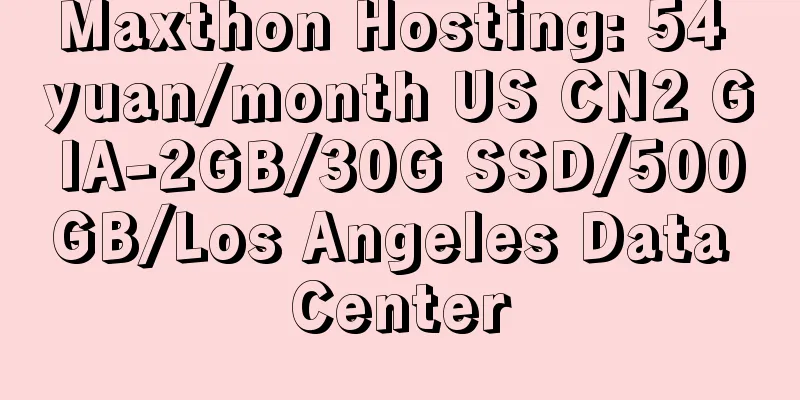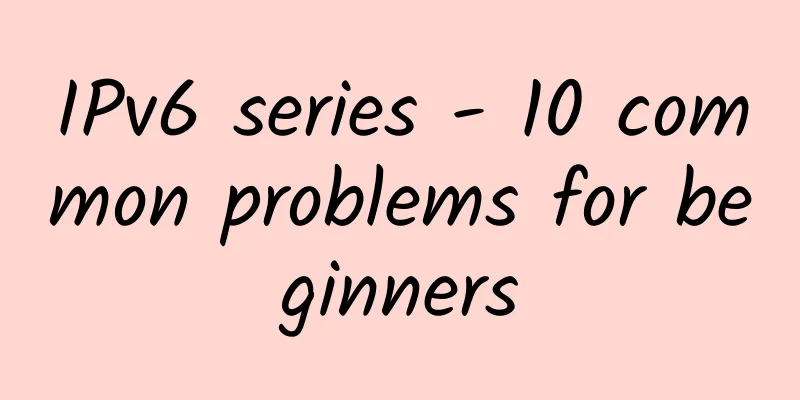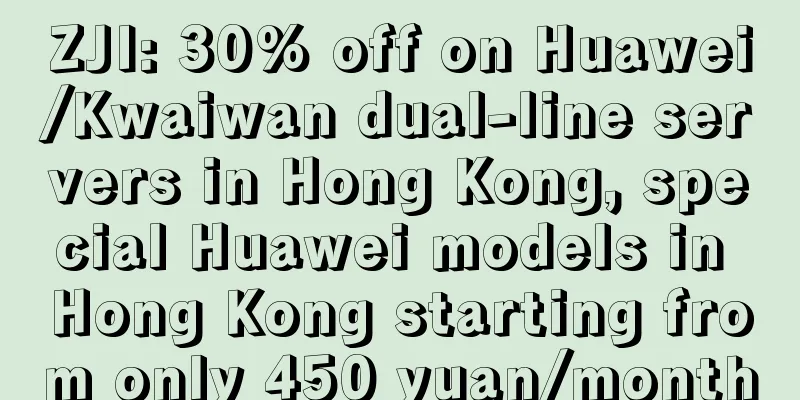What exactly can Wi-Fi 6 do?

|
Let’s first understand the key technologies of Wi-Fi 6. 1 OFDMA Wi-Fi 5 uses OFDM technology, while Wi-Fi 6 uses OFDMA technology. What is the difference between the two? If data transmission is compared to freight, OFDM technology only sends a train to one user at a time. Even if it is a small shipment and the carriage is empty, it still needs to be sent. After the shipment of the previous user is finished, the shipment of the next user will start. Obviously, the efficiency is very low. OFDMA is like express delivery in our real life, where couriers load trucks with goods from multiple users and then deliver them to communities. Each time the truck is fully loaded, of course, efficiency is greatly improved. Specifically, under OFDM (Orthogonal Frequency Division Multiplexing) technology, each user (terminal device) occupies the entire wireless channel in each time period when uploading or downloading data. The terminal devices take turns to occupy the entire wireless channel in a time-division manner. OFDMA (Orthogonal Frequency Division Multiple Access) divides the wireless channel into multiple sub-channels (subcarriers) in the frequency domain to form time-frequency resource blocks. User data is carried on each resource block instead of occupying the entire channel, thereby enabling multiple users to transmit simultaneously in each time period. In other words, it can communicate with multiple terminals at a time without having to wait in line, which improves efficiency and reduces waiting time. 2 MU-MIMO If there are many vehicles on a road, the road will be very congested. MU-MIMO technology is equivalent to adding multiple layers (multiple) of roads, thus greatly improving traffic efficiency. Although MIMO technology has been used since the Wi-Fi 4 era (802.11n), the previous generation Wi-Fi 5 (802.11ac) only allows routers to communicate with four terminal devices at a time and only supports downlink MU-MIMO. Wi-Fi 6 supports simultaneous communication with up to eight terminal devices, which is equivalent to expanding the original four one-way roads to eight two-way roads, doubling traffic efficiency. 3 1024QAM QAM, or quadrature amplitude modulation, is the process of converting data signals into radio waves for transmission. The higher the QAM level, the more data is included in each wireless signal transmitted. Wi-Fi 5 supports 256QAM (8 bits/symbol), while Wi-Fi 6 supports 1024 QAM (10 bits/symbol), an increase of 25%. For example, each car can carry more cargo, and the data transmission rate is increased by 25%. 4 BSS Coloring In the past, in order to avoid conflicts during data transmission, Wi-Fi would check whether there was any data to be transmitted on the wireless channel before each data transmission. If there was, it would avoid it and wait until the channel was clear before transmitting again. This resulted in constant waiting when it was busy, which wasted a lot of time. BSS Coloring is designed to solve this problem. It adds a 6-bit BSS Color to the data header so that data can be transmitted on the same channel without interfering with each other. 5 TWT TWT, Target wake time. Wi-Fi 6 uses TWT technology, which can define different wake-up times for each terminal. That is, the terminal device will only enter the working state after receiving its own "wake-up" information, and it will be in sleep state for the rest of the time, which can save power consumption and extend battery life. Judging from the above key technologies, Wi-Fi 6 has the following advantages: 1) Thanks to key technologies such as 160MHz large bandwidth, 1024QAM, OFDMA, MU-MIMO, etc., the speed of Wi-Fi 6 has been greatly improved, and the theoretical maximum speed is close to 10Gbps. 2) Multiple terminals can transmit in parallel at the same time without having to wait in line or compete with each other, thereby improving efficiency, reducing latency, and increasing connection density. With the improvement of Wi-Fi 6's performance in bandwidth, latency, connection density, etc., its adaptability to scenarios has been enhanced, which means that it can be applied to a variety of future business scenarios. It mainly includes applications such as VR/AR, park office, intelligent manufacturing, smart city, smart education, and AI assistance. |
<<: Edge computing and fog computing explained
>>: What are the characteristics of 5G? A few keywords will help you understand
Recommend
Research report points out: By 2027, the 5G service market will exceed US$250.3 billion
Recently, Acumen Research and Consulting, a globa...
Haha! TCP leaks operating system information...
[[414423]] Hello everyone, I am Xuanyuan. A few d...
Can't tell the difference between a router and a modem? This article will tell you
When we deploy a WiFi network at home, there are ...
Can ordinary mobile phones connect to 5G networks? Which areas will have priority coverage? Here are the answers
[[259528]] Recently, 5G mobile phones have been r...
RAKsmart: Hot-selling servers starting from $46/month, Hong Kong/Korea/Japan/US data centers, half price for the first month
A few days ago, we shared information about RAKsm...
Basic knowledge of wires and cables
The manufacturing of wires and cables is complete...
The 18th China Enterprise Annual Selection List for 2023 was announced: Huawei's high-quality Ethernet all-optical network solution won the 2023 IT Industry Campus Network Excellent Solution Award
In November 2023 , the " China Enterprise &q...
What are the main application scenarios of 5G?
5G networks offer greater bandwidth than previous...
A brief discussion on "lossless network": ECN and PFC technology
Basic concepts of lossless network First of all, ...
Node.js knowledge - How to set cookie information in HTTP request and response
[[398674]] HTTP Cookie[1] is a small piece of dat...
Lisahost: Los Angeles 9929 line VPS annual payment starts at 179 yuan, three-network AS4837 annual payment starts at 269 yuan, native IP, optional high defense
Lisahost is a foreign hosting service provider re...
Intranet master-slave smart DNS, no more worries
[[432985]] This article is reprinted from the WeC...
The road is wide and the traffic is fast! The three major operators help IPTV to have a new spring
Since last year, IPTV has enjoyed a resurgence. T...
China's server virtualization market: Huawei ranks second in the market and ranks first in growth rate
Nowadays, in such a competitive market as server ...
Goodbye, 2G/3G is retiring
With the advent of the 5G era, there have been a ...









